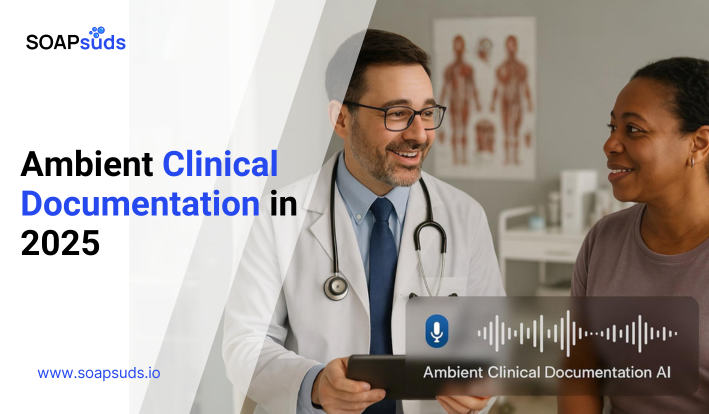Understanding Medical Dictation and Medical Transcription: How it Works in 2024
SOAPsuds team
Published: 12/10/2024
SOAPsuds team
Published: 12/10/2024
We hope this FAQ page answers your questions about SOAPsuds. If you have additional inquiries or need further clarification, don't hesitate to reach out to us
What is the difference between medical transcription and medical writing?
Which is better medical transcription or medical scribe?
Why is medical transcription important?
What is the future of medical transcription?

Ambient clinical documentation is quietly changing how healthcare works. It acts like an unseen helper

Therapy gives a person a chance to be open about who they truly are. It...

In the modern world, technology plays an important role in helping people stay connected, especially

The 11th version of the International Classification of Diseases (ICD-11) marks a major shift in...

Deciding between EHR and paper records is an essential choice for group practices today.

If your clinical work is being delayed because of long documentation hours, then using medical...
Clinical Notes
SOAP notes
DAP notes
AI medical notes